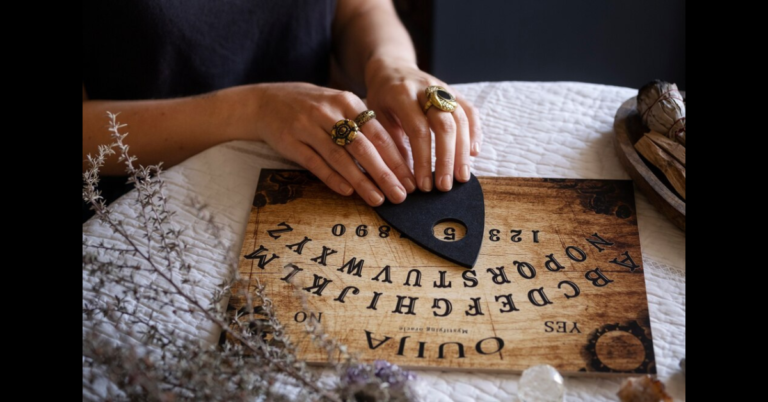The art of käämyäjä is a testament to Finland’s rich cultural heritage, blending ancient craftsmanship with modern innovation. Rooted in tradition and inspired by nature, käämyäjä has evolved from practical items to symbolic expressions of Finnish identity. In this in-depth exploration, we delve into the origins, techniques, significance, and future prospects of käämyäjä as a cherished Finnish craft.
Origins and Historical Significance
The term “käämyäjä” originates from the Finnish language, specifically translating to “curly birch crafts.” Its roots can be traced back to the northern regions of Finland, where artisans utilized the abundant birch and pine forests to create intricate wooden items. The craft’s history intertwines with Finland’s ancient traditions, where skilled craftsmen transformed natural materials into functional tools and ornamental pieces.
Käämyäjä items served a dual purpose in Finnish society. On one hand, they were practical objects used in daily life, including carved spoons, bowls, utensils, and storage containers. On the other hand, käämyäjä also found its place in ceremonial and decorative contexts, adorning homes, churches, and special occasions with its exquisite designs.
Techniques and Artistry
Crafting käämyäjä requires a blend of craftsmanship, patience, and reverence for nature. Artisans begin by selecting premium birch or pine wood known for its durability and workability. The process involves several intricate techniques:
- Wood Selection: Artisans carefully choose wood with desirable grain patterns and structural integrity, ensuring the final product’s quality.
- Carving: Using specialized tools such as carving knives, gouges, and chisels, artisans carve the wood to create curls, patterns, and motifs characteristic of käämyäjä.
- Shaping: The shaping process involves sculpting the wood to achieve desired forms, whether it’s a spoon’s curvature or a bowl’s contours.
- Sanding and Finishing: After shaping, artisans meticulously sand the surfaces to a smooth finish, enhancing the wood’s natural beauty. Optional finishes like oiling or varnishing may be applied for protection and aesthetics.
Each step in the crafting process requires precision and attention to detail, honed through years of experience and tradition. Regional variations in techniques and designs add depth and diversity to käämyäjä creations, reflecting Finland’s cultural richness.
Symbolism and Cultural Significance
Beyond its artistic allure, käämyäjä items carry profound symbolic meanings deeply rooted in Finnish culture:
- Nature Connection: The use of natural materials like birch and pine embodies Finland’s close relationship with its forests, symbolizing resilience, sustainability, and harmony with nature.
- Mythological Elements: Many käämyäjä designs draw inspiration from Finnish mythology and folklore, depicting motifs like animals, spirits, and celestial symbols.
- Everyday Life Reflections: Certain patterns and designs in käämyäjä reflect the rhythms of daily life in Finland, from seasonal changes to agricultural traditions.
- Artistic Expression: Käämyäjä serves as a canvas for artistic expression, allowing artisans to showcase their creativity, storytelling prowess, and cultural heritage.
Contemporary Revival and Challenges
In recent years, käämyäjä has experienced a resurgence of interest, both domestically and internationally. Modern artisans and designers are reimagining käämyäjä in innovative ways, blending traditional techniques with contemporary aesthetics. The craft’s timeless appeal, authenticity, and eco-friendly ethos resonate with consumers seeking unique, handcrafted products.
However, käämyäjä also faces challenges in the modern era. The availability of high-quality wood resources, sustainable forestry practices, and competition from mass-produced goods are areas of concern. Efforts to preserve traditional craftsmanship, support local artisans, and promote eco-conscious consumption are crucial for ensuring the longevity and relevance of käämyäjä.
Future Prospects and Preservation Efforts
Despite challenges, käämyäjä’s holds promise for the future. Collaborations between artisans, cultural institutions, and environmental organizations are fostering awareness, education, and advocacy for sustainable crafts. Initiatives to document käämyäjä techniques, train new generations of artisans, and promote ethical sourcing of materials are steps towards its preservation.
Technology also plays a role in preserving and promoting käämyäjä. Digital platforms, online marketplaces, and educational resources connect artisans with global audiences, facilitating cultural exchange and appreciation. Virtual exhibitions, workshops, and interactive experiences showcase the beauty and significance of käämy’äjä to a wider audience.
Conclusion
In conclusion, käämyäjä is not merely a craft but a living heritage that embodies Finland’s traditions, values, and creativity. Its journey from ancient roots to contemporary revival reflects a timeless spirit of craftsmanship, resilience, and cultural pride. As Finland embraces the future while honoring its past, käämyäjä’s stands as a shining example of heritage preservation, artistic innovation, and sustainable living.

